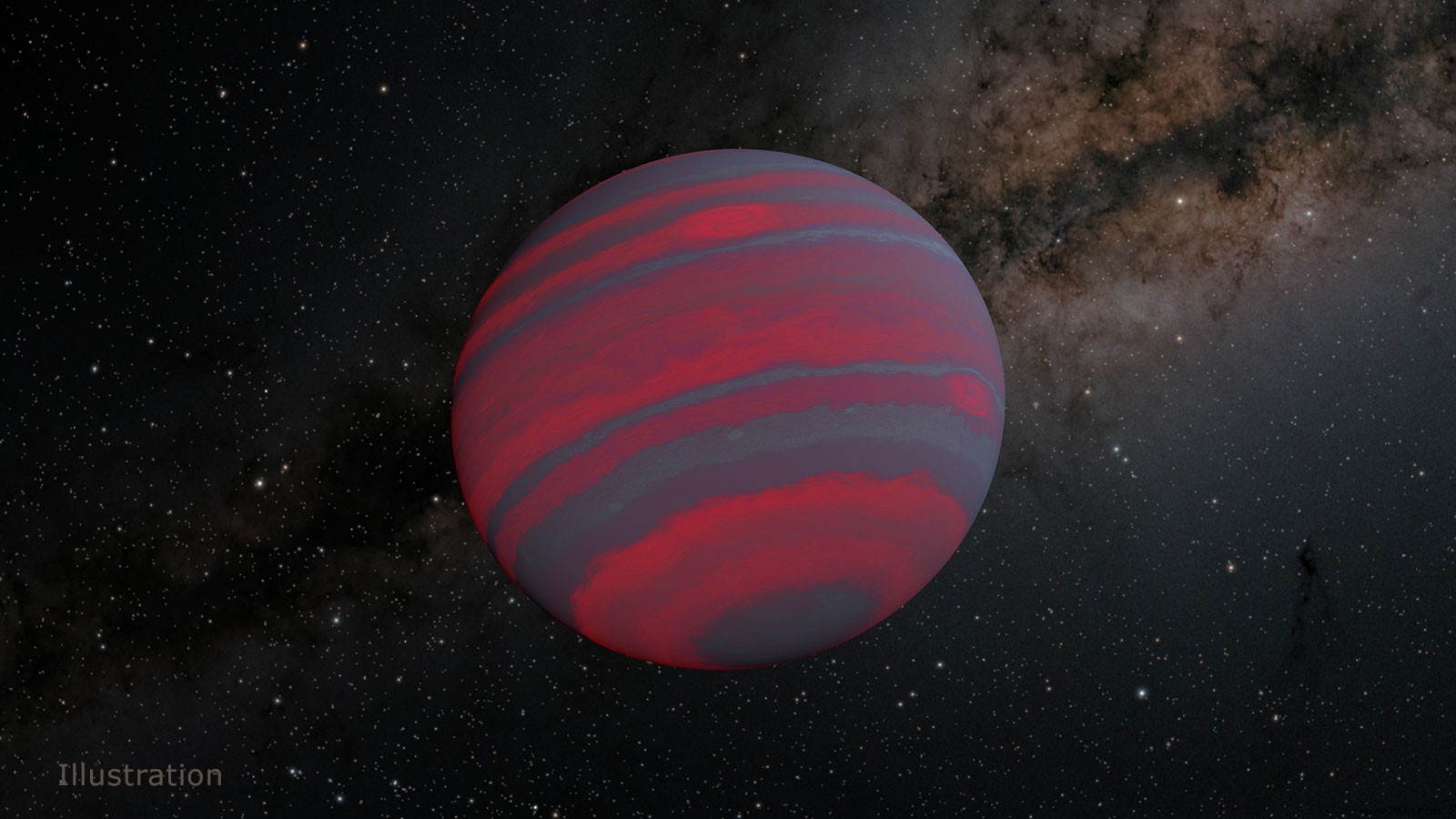Astronomers have taken a detailed new look at a mysterious object in the galaxy known as "The Crash". According to the analyses, it would be an incredibly old brown dwarf, formed when the Universe was still low in methane.
It's not quite a star, but it's not quite a planet either. In reality, "The Accident" includes a class of objects wedged between the two:that of brown dwarfs . These "failed stars", as they are called, can be up to eighty times larger than Jupiter. On the other hand, they are not massive enough to maintain nuclear fusion in their nuclei. That's the reason they don't shine like real stars. Instead, brown dwarfs slowly cool and darken over millions or billions of years.
There are currently about 2000 of these faintly luminous objects in the galaxy . Most were spotted by NASA's Near-Earth Object Wide-Field Infrared Survey Explorer (NEOWISE).
First spotted by an amateur astronomer, "The Accident" nonetheless quickly stood out from the crowd, hence its name. At the time of its discovery, the object indeed appeared faint in certain infrared wavelengths, suggesting that it was a very cold and ancient brown dwarf. On the other hand, it also appeared bright in other wavelengths, indicating that it was a young warm brown dwarf. This contradiction therefore naturally prompted astronomers to continue the analyses.
To do this, scientists relied on the Hubble and Spitzer space telescopes, as well as the infrared telescope of the WM Keck Observatory (Hawaii). These new data have finally tipped the scales.

Located about fifty light years from Earth , the brown dwarf spinsat more than 800,000 km/h across the galaxy. That's much faster than a typical brown dwarf. For the authors, who publish their work in The Astrophysical Journal Letters , this measurement suggests that the speed of the object has been accelerated by many larger objects over billions of years. So "The Accident" would indeed be very old, not very young.
Elements of its atmosphere also lean towards this assumption. Analysis of the infrared light wavelengths indeed shows that the object is very low in methane, which normally is a common gas in brown dwarfs with similar temperatures. Since methane is composed of hydrogen and carbon, a virtual absence of this gas means that the object was initially formed between ten and thirteen billion years ago . At the time, our galaxy was indeed bathed in hydrogen and helium, but still contained very little carbon.
All of these analyzes therefore suggest that "The Accident" is an exceptionally old brown dwarf (more than twice as old as all known brown dwarfs).
"It's no surprise to find a brown dwarf this old, but it's a surprise to find one in our backyard “, emphasizes Federico Marocco, astrophysicist at Caltech. "Finding one so close to the Solar System could be a happy coincidence or it tells us they are more common than we thought “.